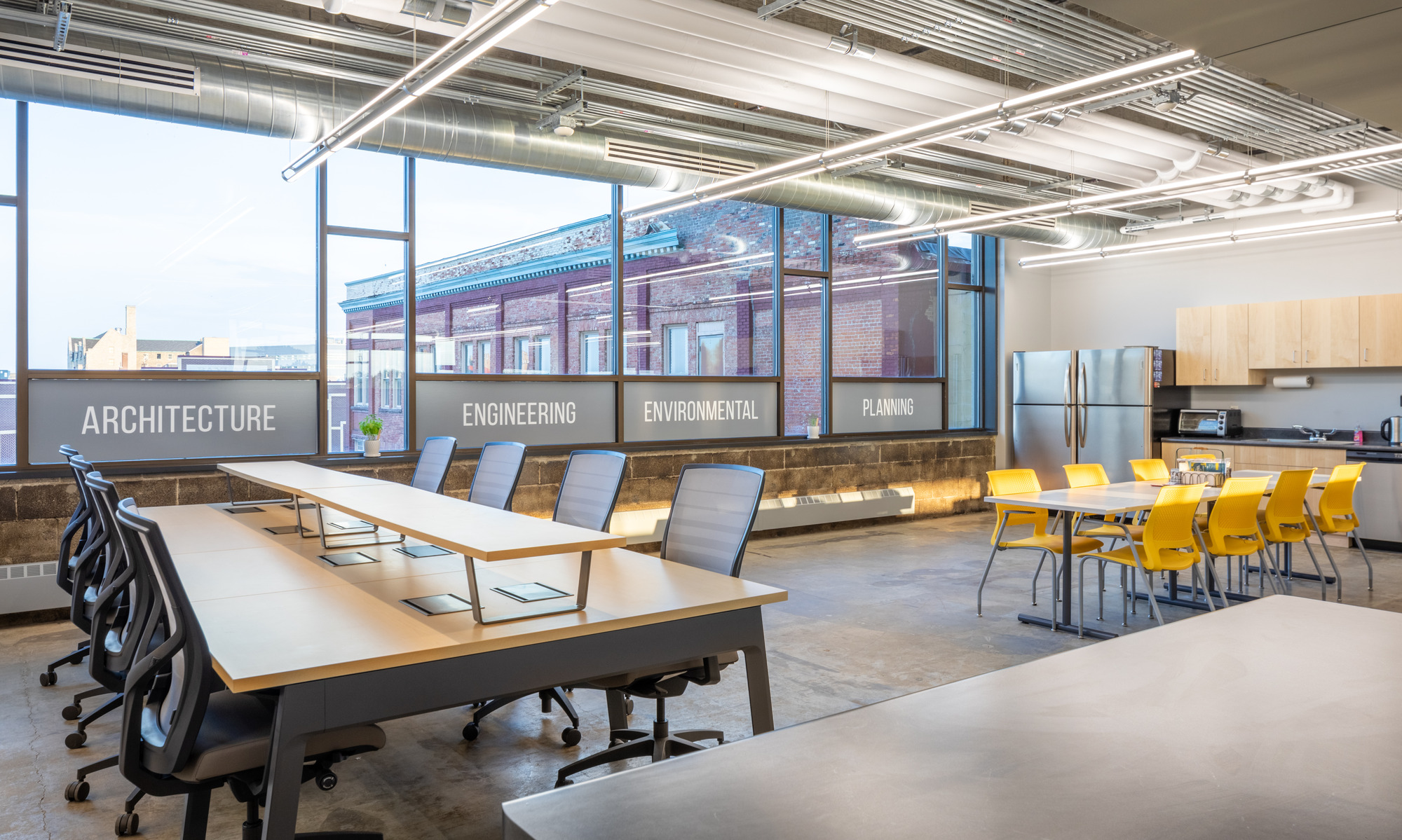First Step, Community Planning
Translating Highway 53 Corridor Study and Master Plan Strategies to Your Community
Alright, to be completely forthright, we chose to write a blog article on the Highway 53 Corridor Study and Master Plan in Wisconsin partially because we’re pretty dang excited about this project in our ISG La Crosse office's backyard. That being said, we’re also pretty thrilled to share some of the dynamic community engagement strategies we’ve been using to help establish a shared vision for the corridor, nurture a responsive plan that reinforces the vision, and build support to share in its implementation.
The consultant team for the project views effective public involvement to be critical to the success of this planning process. There is tremendous strategic benefit in involving the residential and business communities as well as other key stakeholders to identify both short-term and long-term implementation steps. So how can you take a similar approach in your community?
Identify Principles, Goals, and Objectives
Corridor planning projects are very dynamic and shaped by many factors and decisions that will be revealed as the process evolves. Therefore, building a solid, but flexible planning process is critical to success. The planning process should define a community based vision, clear set of urban design principles, community goals and objectives, and implementation strategies. The goals and objectives should also reflect transportation, land use, redevelopment, historic preservation, neighborhood cohesiveness, sound urban design principals, and reinforce the desired image and character.
Community Planning + Design Workshops
A series of workshops should be held to provide a forum to involve local residents and other stakeholders in a meaningful dialogue about the future of the corridor or project. The primary intent of the workshops is to augment the background analysis and brainstorm with the community to define strengths, weaknesses, opportunities, and threats.
Bringing the Community Together
The final step in planning process success should be to engage the public, encourage participation at public meetings, and keep the public informed about the planning process so they are familiar with work that has been done to date.
Stakeholders have that title for a reason - never underestimate their contributions or ignore the community's evolution and future goals.
Together, design firms, communities, cities, and development leaders can make a tremendous impact, one street, one corridor at a time.
Join the conversation #CommunityPlanning #ISGLaCrosse

Related Articles


Making Moves: The Benefits of Relocation
As ISG continues to grow and expand to new geographies, we want to share a few non-traditional benefits that have come with employee owners choosing to relocate. Culture transplants ensure that as we continue to grow, we stay true to our core values, mission, purpose, and culture, which not only benefits ISG employee owners, but our clients as well. This why we encourage relocation across all our locations.

.webp)
Navigating the MS4 Permit Program: How ISG Supports Communities Every Step of the Way
The management of stormwater runoff is a pressing concern for cities across the nation, and the Municipal Separate Storm Sewer System (MS4) permit program is a critical framework designed to protect water quality and our natural resources.


Optimize Maintenance + Reveal Opportunities with Facilities Assessments
The Clay County Board of Supervisors (County) knew they needed to address facility repairs in their Administration Building, Courthouse, and General Services Center. While maintaining public buildings does not generate excitement, County leaders recognized that deferring upkeep of public facilities can cost more in the long run if left unaddressed and may result in limiting other more impactful projects.

Creating Flood-Resilient Communities: A Case Study in Floodplain Management
In the land of 10,000 lakes, Minnesotans love to live near and play in our abundant water systems. But the effects of population growth, land use development, and climate change pose challenges within floodplain areas, contributing to persistent flooding issues.


.svg)




